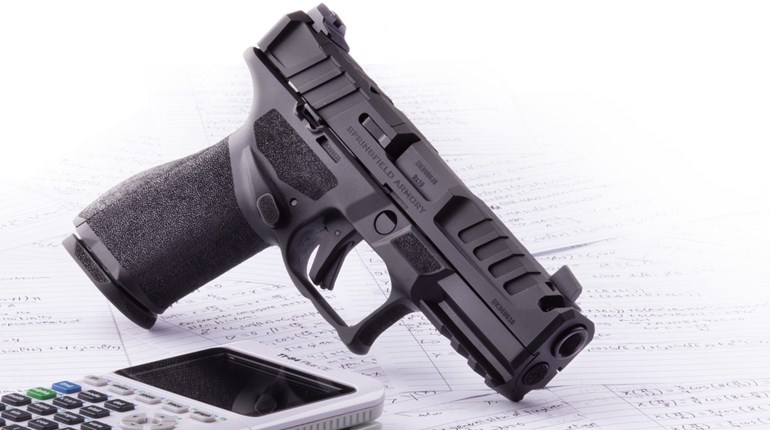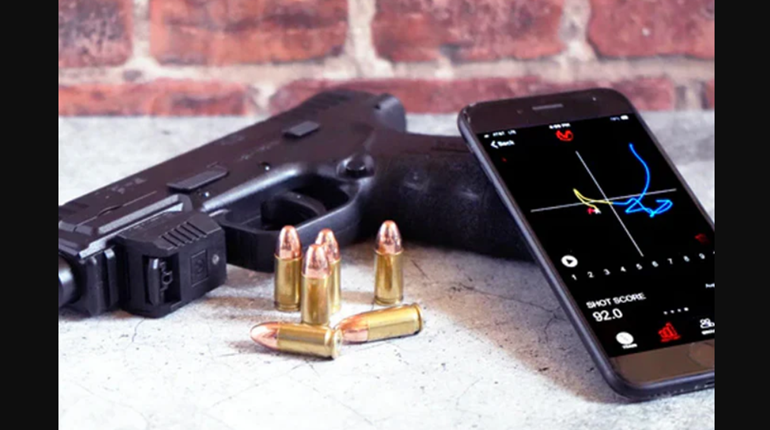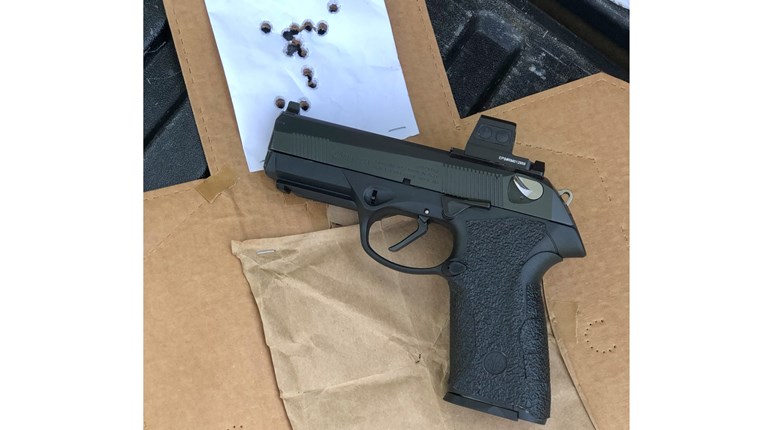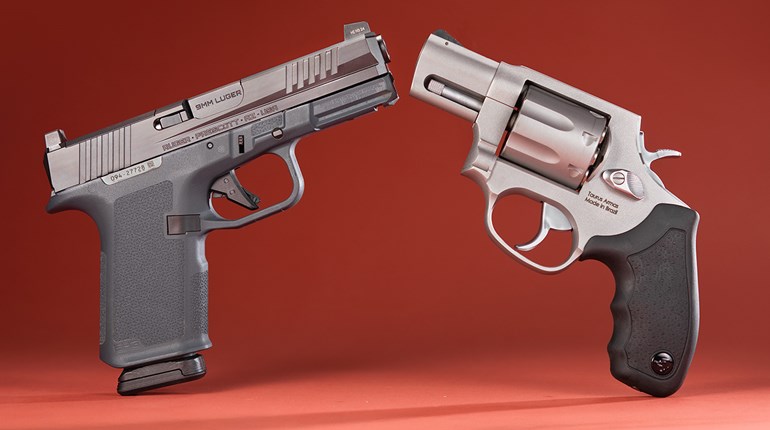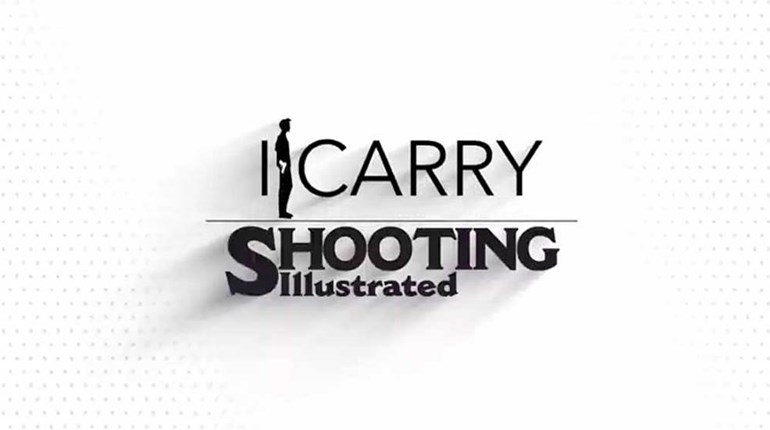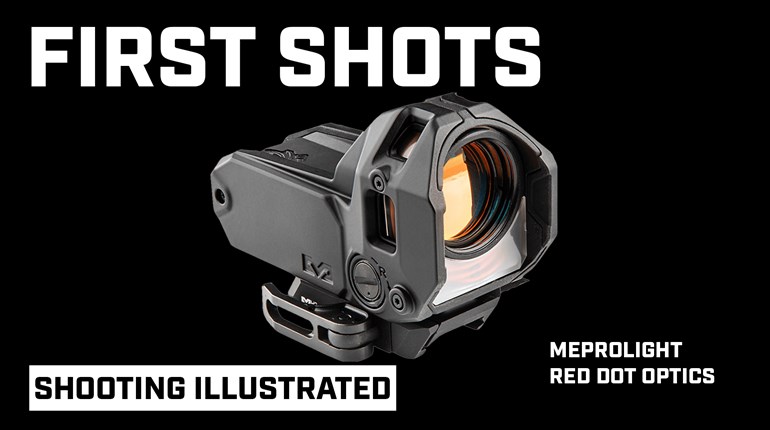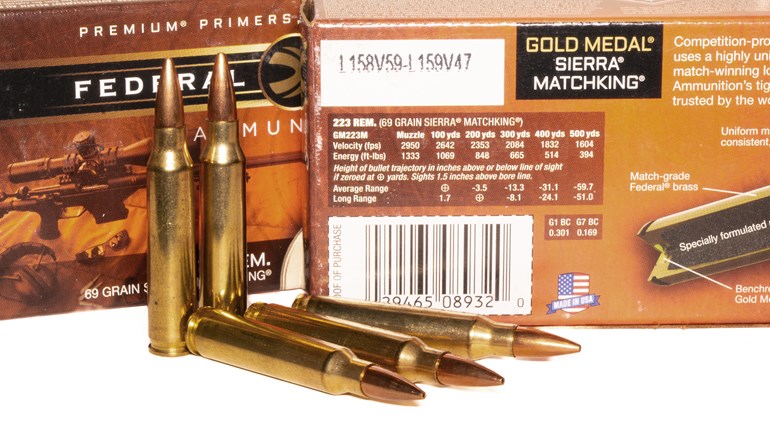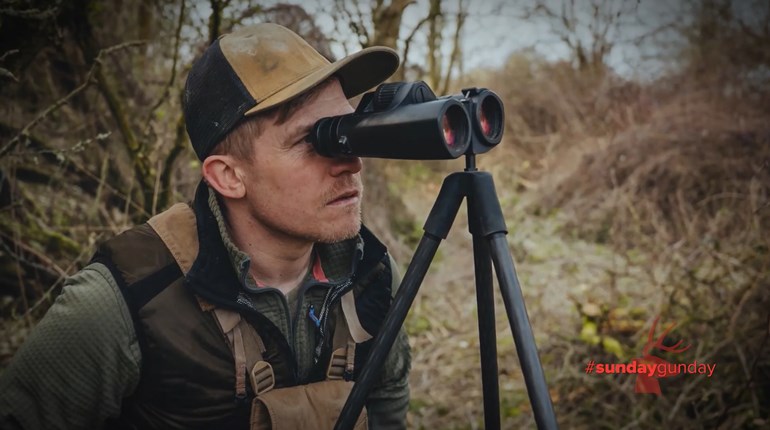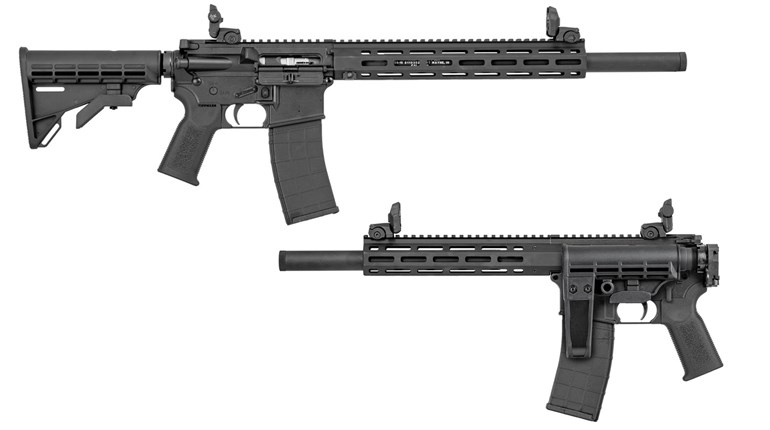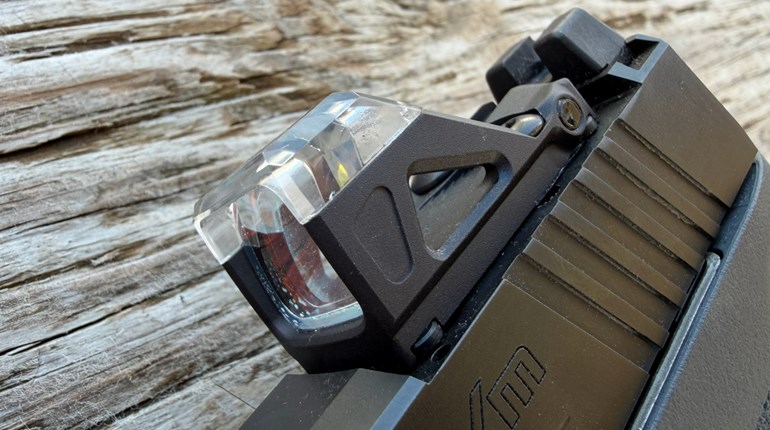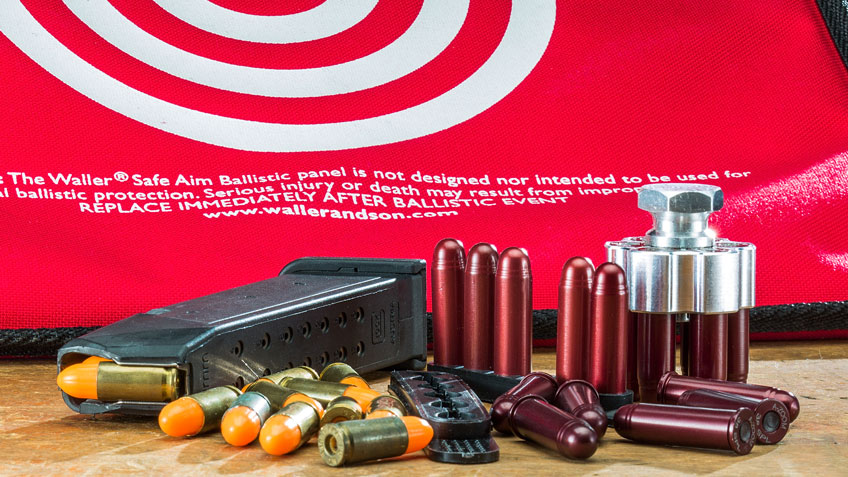
Investing in a safe target and dummy rounds allows you to regularly hone important self-defense skills without leaving your home or expending precious ammunition.
As I write, we’re in the depths of a significant ammunition shortage and, sadly, I don’t expect the situation to have improved much by the time you’re reading this. Scarce, expensive ammunition makes it harder to practice, but that doesn’t mean you can’t improve your skills with dry practice from the comfort of home. With a few important safety precautions and minimal equipment, you can get in the practice necessary to make your skills reflexive, meaning you can perform them quickly, correctly and with a minimum of thought.
The first step in dry practice is securing a safe place where no live ammunition is present and where you can place a practice target on a backstop that will stop a bullet. The next step is checking the firearms with which you are practicing—a minimum of three times—to make absolutely certain they are unloaded. Next, tell yourself you’re going to do dry practice. Now, concentrate on practicing only one or two skills correctly for no more than 10 minutes.
This month, let’s work on speed reloads for either a semi-automatic pistol or a revolver. You’ll need a handful of dummy rounds (inert, non-firing training rounds) and a couple of magazines for the pistol or a reloading device for the revolver.
Here are the Drills
Drill #1, Slide-lock pistol reload:
Insert an empty magazine in the pistol and pull back the slide, locking it to the rear. Point in at your safe target, then perform a reload by pushing the magazine release and letting the empty magazine fall from the pistol as you bring a magazine with dummy rounds to the gun with your support hand. Insert the “loaded” magazine in the pistol, pull back on the slide (or depress the slide stop) and let the slide go forward. To repeat, unload the pistol and set it up again with an empty magazine.
Drill #2, Slide-forward pistol reload:
Load the pistol with a dummy round in the chamber and an empty magazine. Put a couple of dummy rounds in your spare magazine. Point in at your safe target, then depress the magazine release and load a magazine with dummy rounds into the pistol. Note there is no need to rack the slide, as there is a round of dummy ammunition remaining in the chamber.
Drill #3, Revolver speed reload:
Load your revolver with dummy rounds or empty cases and have a speedloader or speedstrip loaded with dummy rounds at the ready. Point it at your target, then unload the revolver by opening the cylinder, pointing the barrel up and depressing the extractor rod. Now, point the barrel down, bring your loader to the cylinder, fully load the cylinder, close and lock the cylinder and point back in at your target with your two-handed shooting grip.
Practicing these drills several times a week will improve your gun-handling skills and help prepare you for your next live-fire range day.












